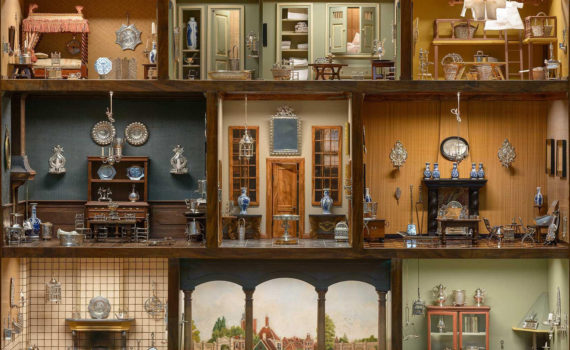Explore the Center for Netherlandish Art (CNA) at the Museum of Fine Arts, Boston, with Smarthistory as your guide. Visit the CNA.
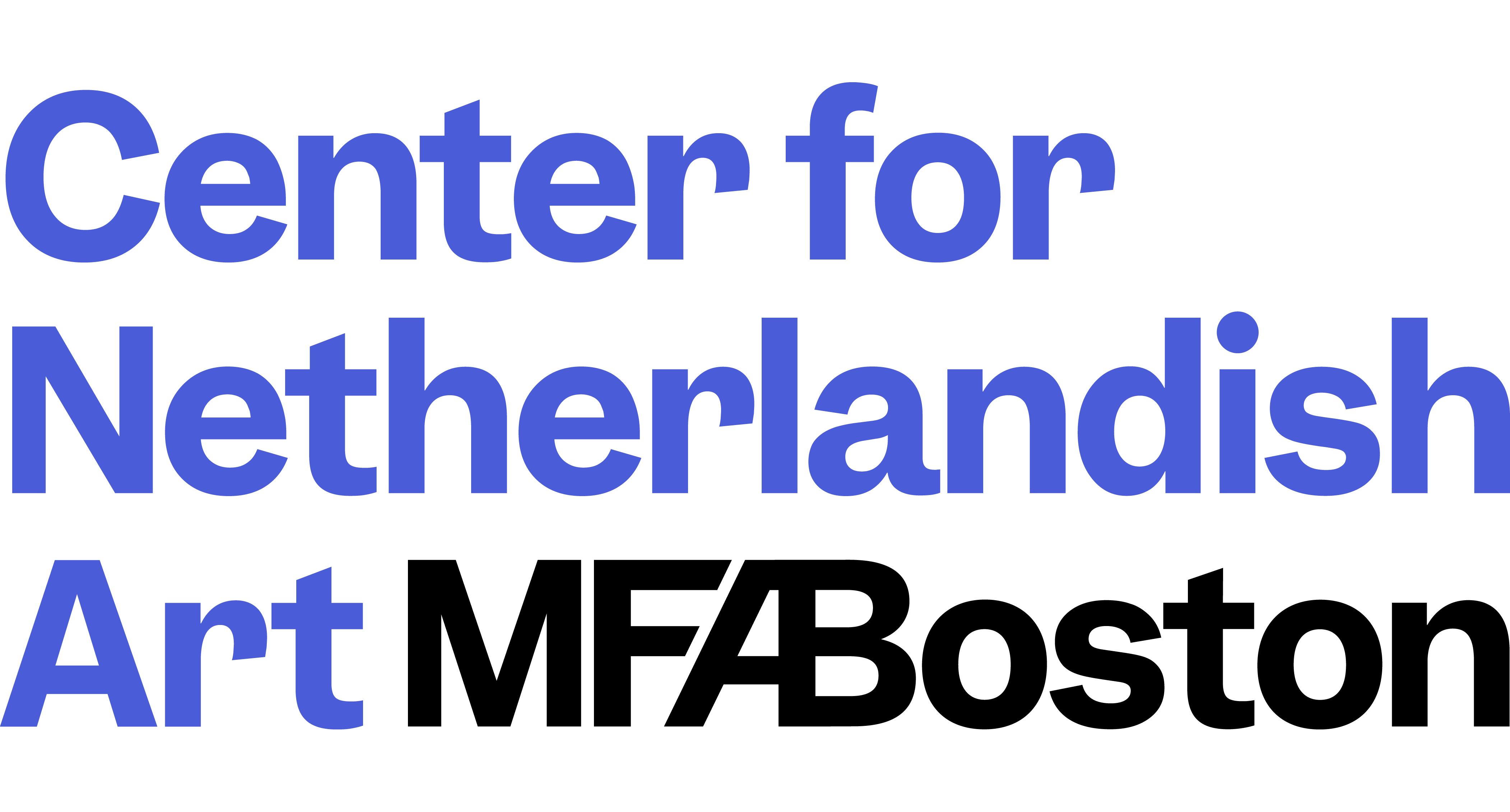 The Center for Netherlandish Art (CNA) is an innovative research center for the study and appreciation of Dutch and Flemish art. Through an expansive library, a residency fellowship program, and an active slate of academic and public programs, the CNA shares Dutch and Flemish art with wide audiences in Boston and beyond; stimulates multidisciplinary research and object-based learning; nurtures future generations of scholars and curators in the field; and expands public appreciation of Netherlandish art—especially works from the 17th century.
The Center for Netherlandish Art (CNA) is an innovative research center for the study and appreciation of Dutch and Flemish art. Through an expansive library, a residency fellowship program, and an active slate of academic and public programs, the CNA shares Dutch and Flemish art with wide audiences in Boston and beyond; stimulates multidisciplinary research and object-based learning; nurtures future generations of scholars and curators in the field; and expands public appreciation of Netherlandish art—especially works from the 17th century.
videos
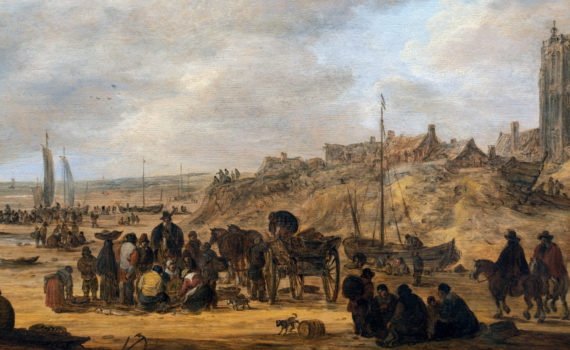
The Dutch art market in the 17th century
More than 5 million artworks were produced in 17th-century Holland in the span of about 100 years

Painting Brazil for the Dutch art market, Frans Post, Landscape with Ruins in Olinda
Idealized depictions of sugar plantations and African laborers in Dutch-colonial Brazil were popular in the Dutch art market in the 17th century
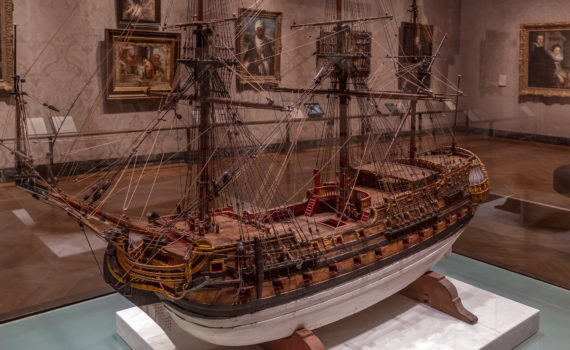
Model of the Dutch East India Company ship “Valkenisse”
From Asia to the Netherlands, the Dutch East India Company dominated maritime trade in the 17th and 18th centuries.
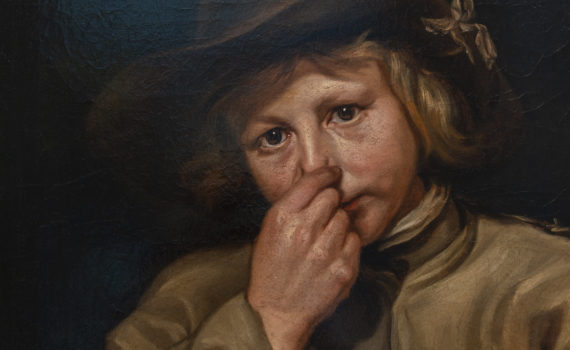
Michaelina Wautier, The Five Senses
This willfully forgotten Dutch artist explores how we experience the world around us during the time of the Scientific Revolution.
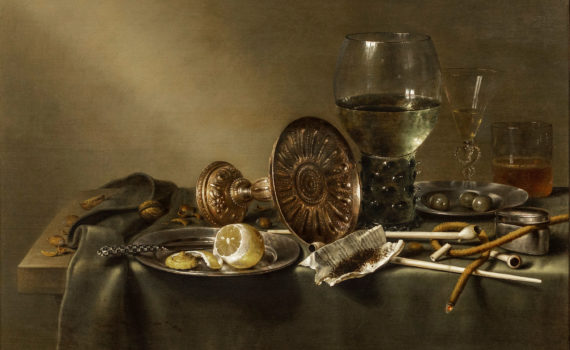
Symbolism and meaning in Dutch still life painting
This collection of objects speaks to the international mercantile culture and wealth of the Netherlands in the 17th century.
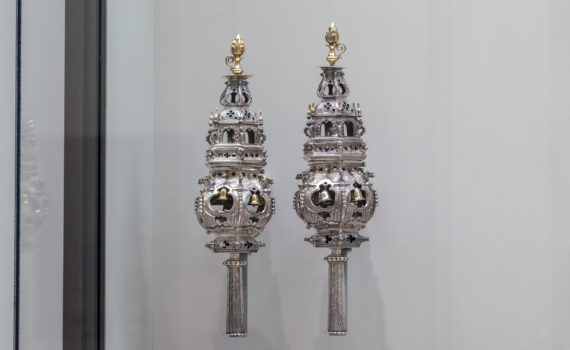
Early Dutch Torah Finials
One of the earliest of its type, these architectural finials would have decorated a Torah, the sacred text of Judaism, and feature dragon-like creatures and bells
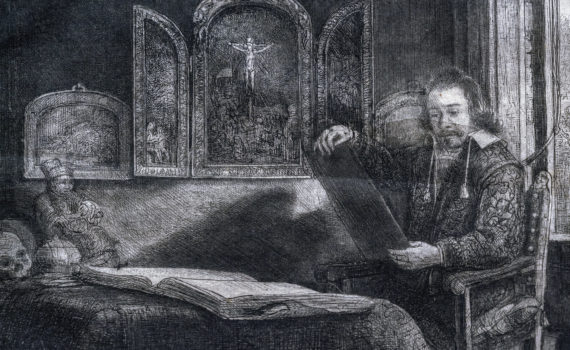
Rembrandt, Abraham Francen
This intimate portrait of Rembrandt's friend and his collection also hints at the city of Amsterdam's wealth and global connections at this time
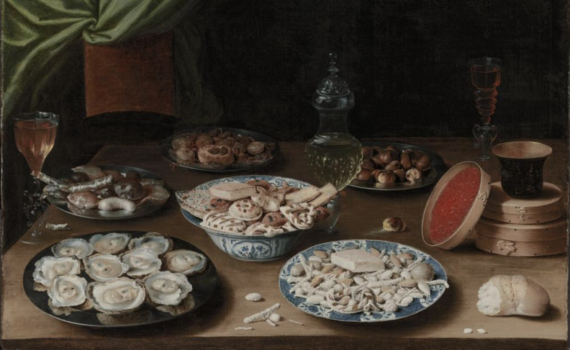
Osias Beert, Still Life with Various Vessels on a Table
What lies behind this ornate display of pewter, oysters, blue-and-white porcelain, and sugary sweets?
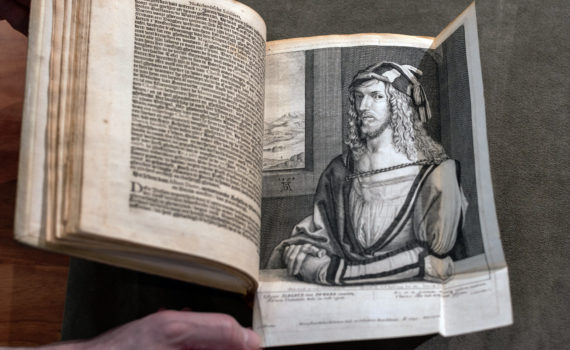
Van Mander rewrites art history
Van Mander rewrites art history in this book of "celebrity" artists from the Netherlands
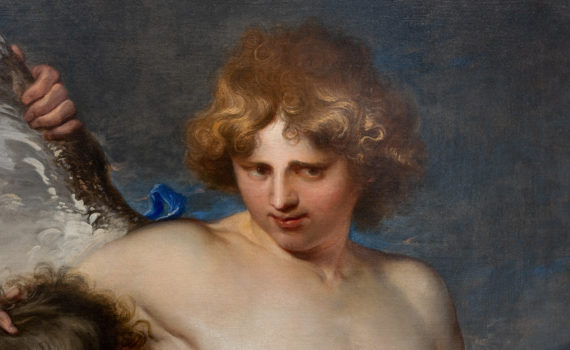
Anthony van Dyck, Self-Portrait as Icarus with Daedalus
Van Dyck paints himself as Icarus, a boy whose wings melted when he flew too close to the sun
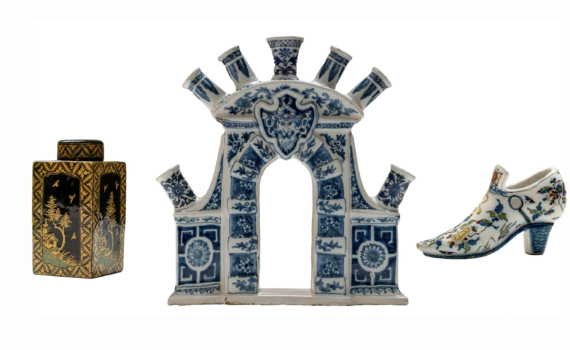
Asia in Holland, 17th-century Delftware
Ceramics factories in Holland compete with the demand for Chinese porcelain
Selected Contributors
At the MFA Boston, we had the pleasure of working with...

